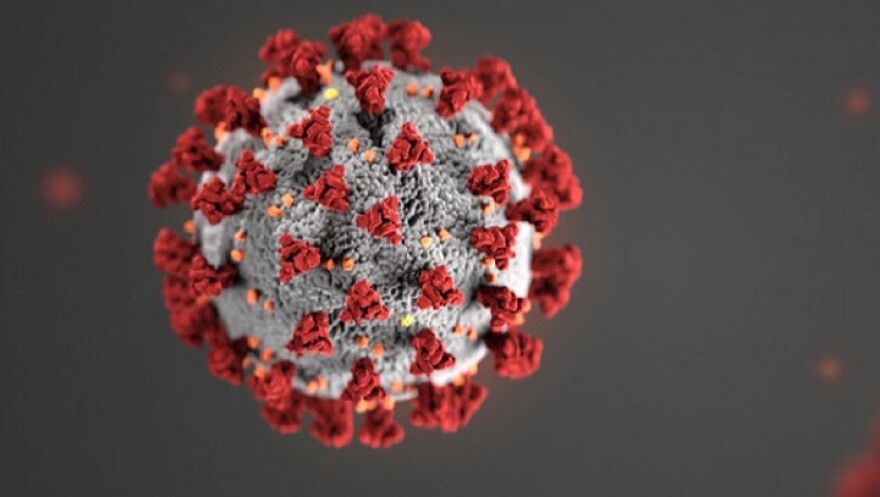The Oklahoma State Department of Health reported on Monday 663 new cases of COVID-19, bringing the state's total to 117,399.
New case counts on Mondays are typically lower than other days. On Saturday, the state set another record for new cases, with 1,829. That broke the previous high of 1,628 set on Thursday.
Tulsa County had 108 of Monday's cases. Its total now stands at 21,692, second to Oklahoma County's 23,726.
The state's seven-day average of new cases, which shows the trend in infections, declined slightly from a new high of 1,348 to 1,332. The average has hit three new records in the past five days and surpassed 1,300 for the first time on Saturday. Since Sept. 19, the seven-day average has been below 1,000 just two days.
Tulsa County's seven-day average dropped from 180 to 177. Tulsa County's average of new cases has generally trended upward since mid-September, when it had fallen to around 116.
The state health department reported two deaths, an Okfuskee County man and an Oklahoma County man, both 65 or older. Neither died in the past 24 hours. Since March 18, COVID-19 has officially killed 1,251 Oklahomans, 200 of them Tulsa County residents.
There were 924 Oklahomans hospitalized for COVID-19 on Friday evening, 32 fewer than on Thursday. Thursday's hospitalizations set a new record for the third straight day, and the state has surpassed thresholds of 700, 800 and 900 hospitalizations in the month of October. Of those hospitalized Friday, 843 had positive coronavirus tests. Overall, 305 Oklahomans hospitalized for COVID-19 were in intensive care units, eight fewer than on Thursday. The record for ICU admissions is 319, set Oct. 19.
According to the state health department, Tulsa County had 255 residents hospitalized as of Thursday evening, 17 fewer than on Thursday.
Over the course of the pandemic, 8,408 Oklahomans have been hospitalized for COVID-19.
As of Sunday, the state reported 16% of its adult ICU beds were available. ICU bed availability dipped below 10% at the end of last week.
The state health department reported 816 additional patients as recovered on Monday, bringing the total to 100,357. Patients are considered to have recovered if they did not die, are not currently hospitalized and it has been at least 14 days since their symptoms began. Symptoms have been reported to linger for several weeks for some individuals.
The state has 15,791 active cases of COVID-19, 155 fewer than the day before, which set the state's seventh new high in a row. Thursday was the first time more than 15,000 Oklahomans were considered to have active cases.
Tulsa County reported 138 additional patients as recovered, bringing the total to 19,164. The county has 2,328 active cases, 30 fewer than the day before. Tulsa County's active case record is 2,371, set Oct. 17.
The state's reported overall positive test rate remained at 8.2% on Friday. Out of 20,677 tests reported on Friday, 7.9% were positive. Each positive test does not necessarily represent a unique individual.
The state also reports its cumulative positive test rate, a metric used by Johns Hopkins Coronavirus Resource Center. It is calculated by dividing the number of cases by the number of negative tests plus the number of cases. As of Friday, that rate was 7.4%, unchanged from Thursday.
Johns Hopkins uses the different rate to compare states that may track testing differently. It notes the ideal way to calculate the positivity rate is dividing the number of people who test positive by the number of people who are tested, which is how Oklahoma's overall rate is calculated.
The World Health Organization's benchmark indicating adequate testing is a 5% positive test rate.






